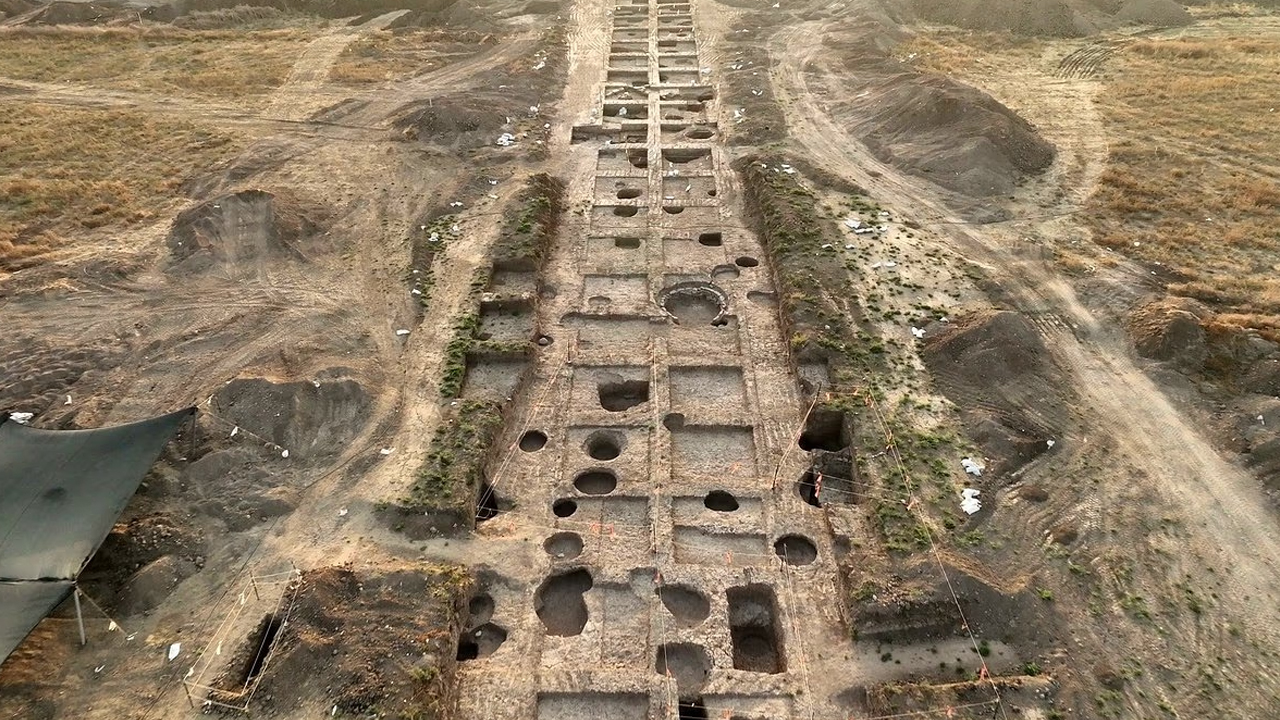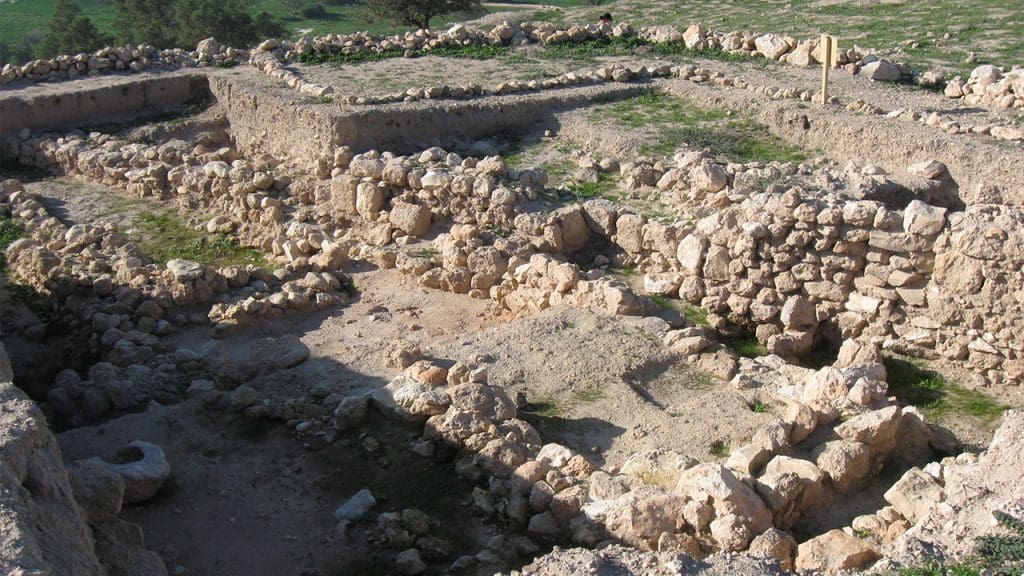
A recent archaeological discovery in Israel has unearthed a 5,500-year-old factory, unraveling a long-standing biblical mystery. This find provides new insights into ancient manufacturing practices and their connection to biblical narratives, potentially rewriting parts of history. The discovery sheds light on the intricate relationship between ancient industrial activities and the stories that have shaped biblical history.
The Discovery of the Ancient Factory

Located near the biblical city of Gath, the archaeological site has revealed a factory dating back to around 3,500 BCE. This find is particularly significant due to its proximity to Gath, a city often mentioned in biblical texts, notably as the home of Goliath. The excavation process has been meticulous, involving a team of archaeologists who have unearthed a variety of artifacts, including tools, pottery, and remnants of blade production. These findings suggest a well-organized manufacturing hub that was integral to the local economy.
The significance of this factory extends beyond its age and location. It represents an advanced level of technological and organizational development for its time. The site has provided evidence of structured production processes, which are indicative of a complex society capable of large-scale manufacturing. This challenges previous assumptions about the capabilities of early human civilizations and highlights the sophistication of ancient Canaanite societies.
Historical Context and Biblical Connections

The Canaanite civilization, known for its vibrant culture and influential trade networks, was a pivotal player in the ancient Near East. The newly discovered factory site aligns with historical accounts of the Canaanites, who were known for their advanced craftsmanship and extensive trade connections. The biblical city of Gath, located nearby, has long been a subject of interest for archaeologists and biblical scholars alike. The discovery of this factory adds another layer to our understanding of the region’s historical and cultural significance.
In the Bible, Gath and its surrounding areas are frequently mentioned, particularly in stories involving the Philistines. The nearby city of Ziklag, another significant biblical site, has also been associated with King David’s exploits. The factory’s discovery provides a tangible connection to these ancient narratives, offering new perspectives on the historical accuracy of biblical texts. This archaeological find may challenge or confirm existing interpretations, prompting scholars to reevaluate long-held beliefs about the region’s history.
Manufacturing Techniques of the Ancient World

The factory’s primary output appears to have been blades, a crucial tool for both domestic and military purposes in ancient times. The production methods uncovered at the site offer a fascinating glimpse into the technological prowess of early civilizations. The use of locally sourced materials and evidence of specialized labor suggest a well-organized production system. This aligns with other ancient workshops known for their craftsmanship, such as those found in Egypt and Mesopotamia.
Comparing this site to other known factories from the same era, we see a common theme of centralized production aimed at supporting both local needs and trade. The goods produced at the Gath factory likely played a role in regional trade networks, facilitating the exchange of goods and ideas across vast distances. This interconnectedness highlights the importance of manufacturing hubs in ancient economies and underscores the sophisticated nature of Canaanite society.
Implications for Archaeology and Biblical Studies

The discovery of the 5,500-year-old factory has significant implications for both archaeology and biblical studies. It highlights the potential for archaeological finds to inform and sometimes challenge our understanding of biblical history. The site provides concrete evidence that can either corroborate or dispute biblical accounts, prompting a reexamination of historical narratives. This intersection of archaeology and biblical studies offers a richer, more nuanced understanding of the past.
As new evidence emerges from the factory site, historians and archaeologists are presented with opportunities to explore previously unanswered questions. The discovery raises intriguing possibilities for future research, including the exploration of trade routes and cultural exchanges influenced by the factory’s production. This ongoing investigation will undoubtedly contribute to a deeper understanding of the ancient world and its complex societies.
Cultural and Educational Significance

Discoveries like the ancient factory near Gath play a crucial role in enhancing public interest in archaeology and history. They offer tangible connections to the past, sparking curiosity and encouraging further exploration of our shared heritage. Such findings provide opportunities for educational programs and museum exhibitions that bring ancient history to life for modern audiences. These initiatives not only educate but also inspire, fostering a deeper appreciation for the complexities of human civilization.
Moreover, the factory’s discovery underscores the importance of cultural heritage and preservation efforts in the region. As we uncover more about ancient societies, it becomes increasingly vital to protect and preserve these sites for future generations. By doing so, we ensure that the rich tapestry of human history remains accessible, allowing us to learn from the past and apply those lessons to the present and future. The ongoing study of sites like the Gath factory will continue to enrich our understanding of history and its enduring impact on our world today.